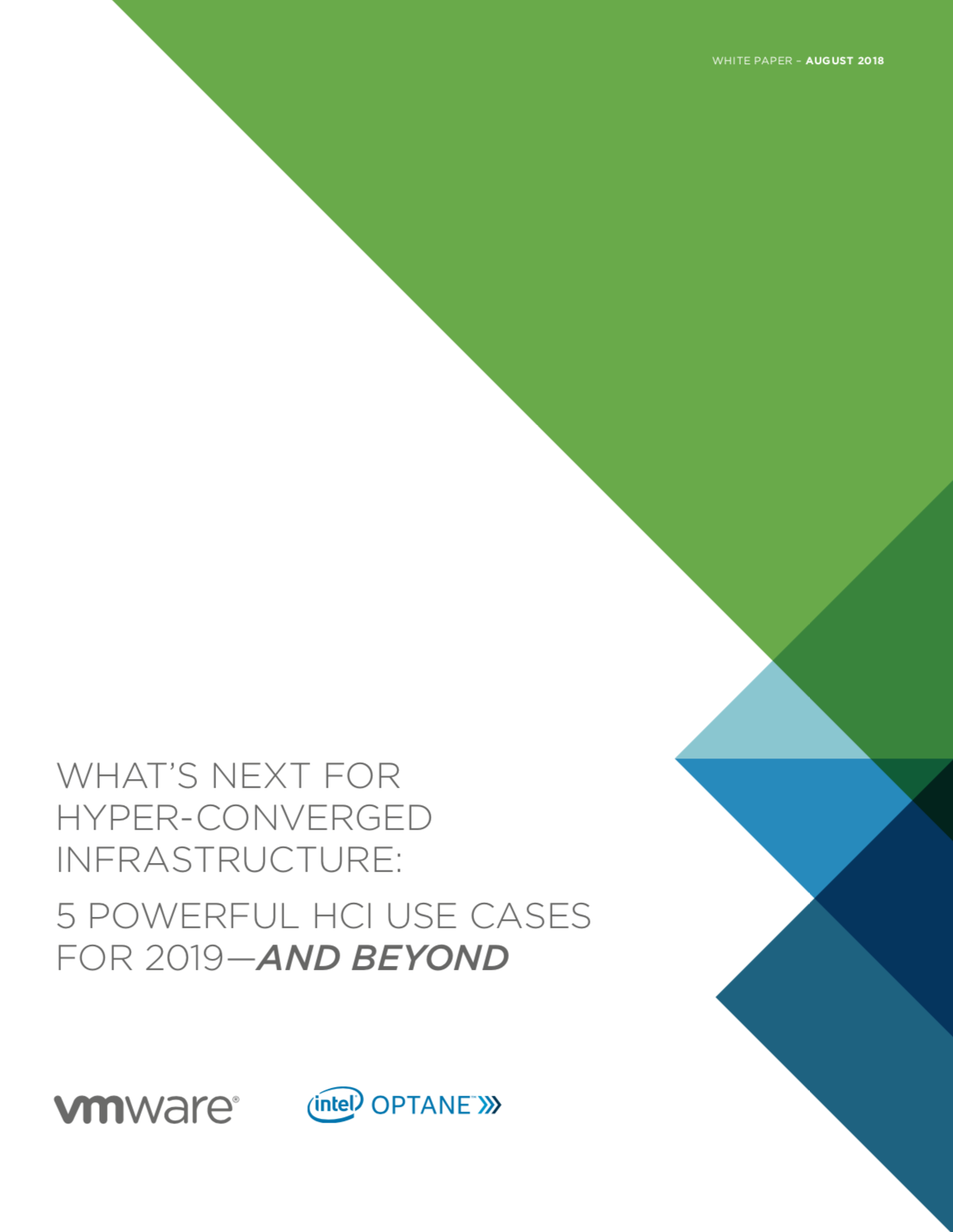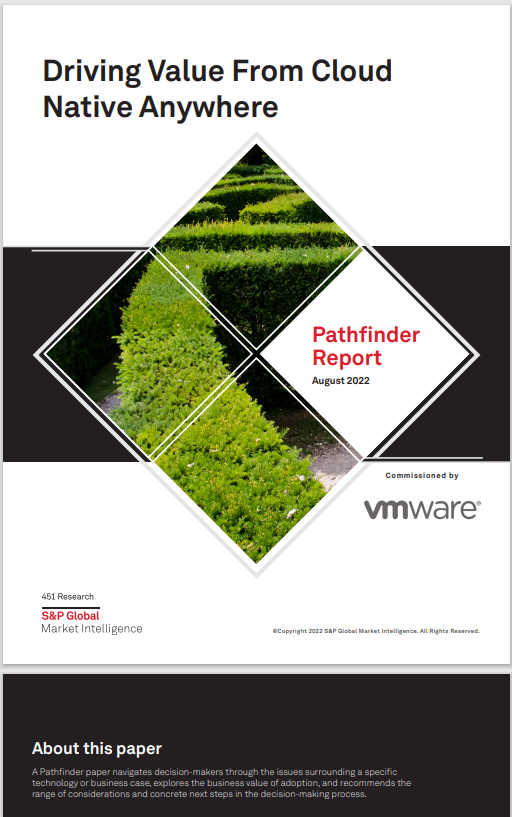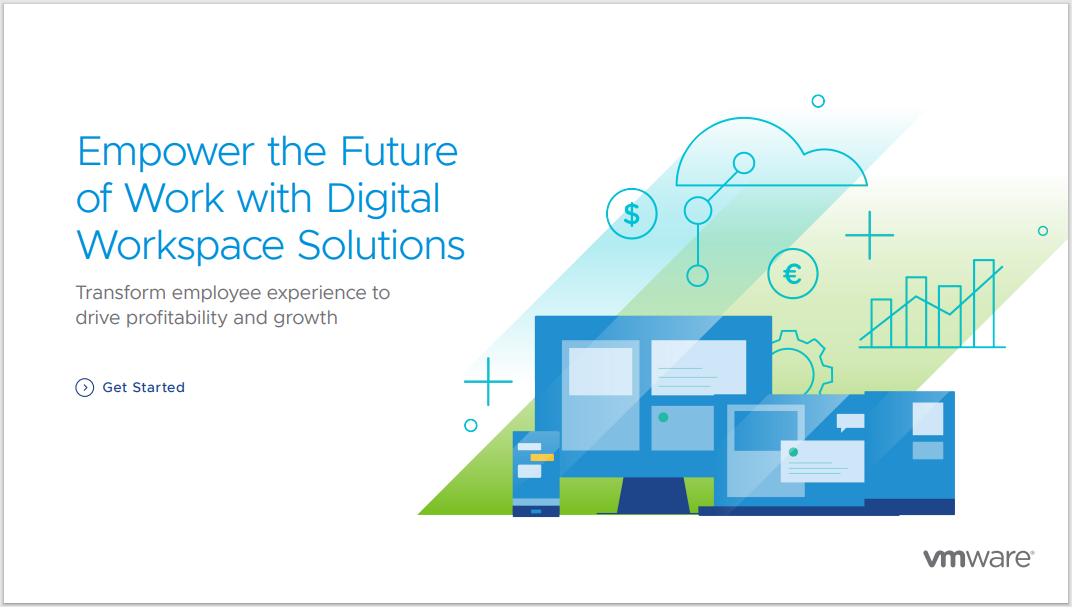

What's next for hyper-converged infrastructure: 5 powerful HCI use cases for 2019 - and beyond
Hyper-converged infrastructure has emerged as a breakthrough IT technology over the past several years. With the right HCI solution, IT teams can lower costs, increase agility and reduce complexity— leveraging a modern software-defined IT platform that provides a seamless path to hybrid cloud. IT continues to embrace HCI in great numbers, with the market expected to grow at a compound annual rate of 42% through 2023.
The reality is that IT teams have been so pleased with the benefits they are already reaping with HCI that they are looking for new ways to use it to power key initiatives such as digital transformation. This trend is being accelerated by advances in performance, ease of use and functionality, driven by technology innovations such as Intel Optane memory and VMware vSAN, which remains the HCI software market leader, according to IDC.
Whereas use cases such as virtual desktop infrastructure and test and development have led the way in early HCI adoption, IT teams are now turning to HCI for their most business-critical applications. Not only that, they are embracing other use cases where the unique characteristics of HCI deliver strong operational efficiencies and competitive advantage.
In this white paper, we look at five of the critical use cases currently driving HCI deployments and why they will continue to benefit from HCI in 2019 and beyond.









